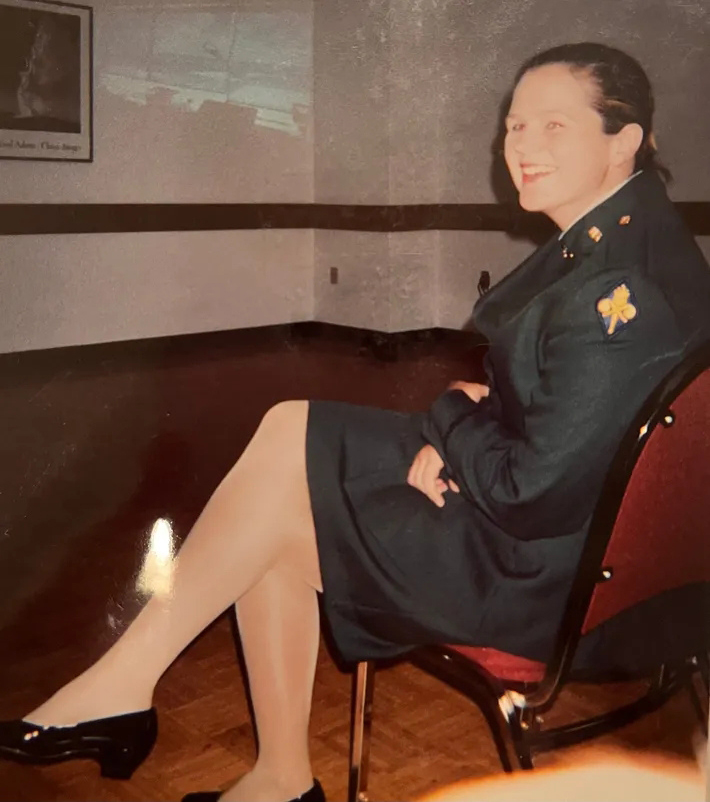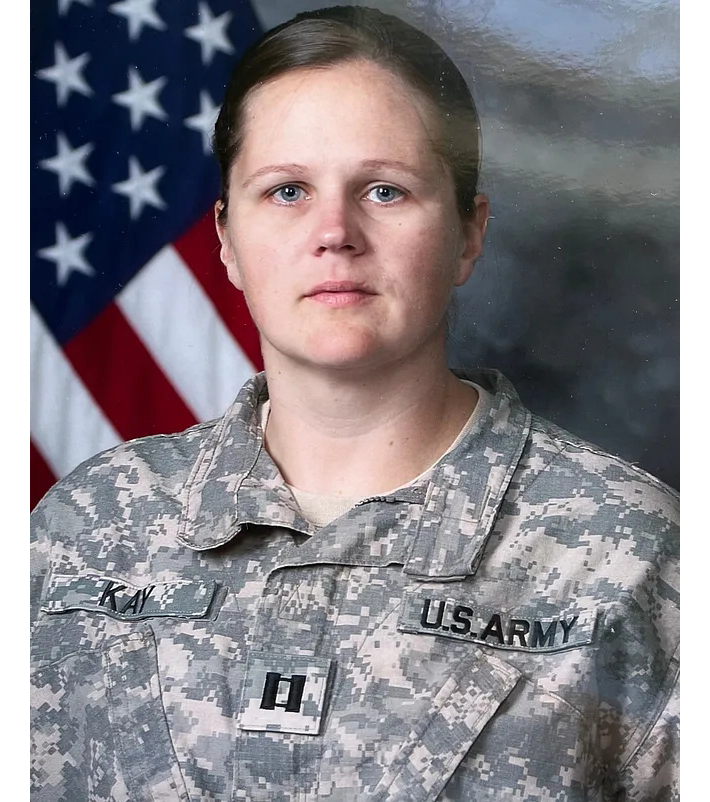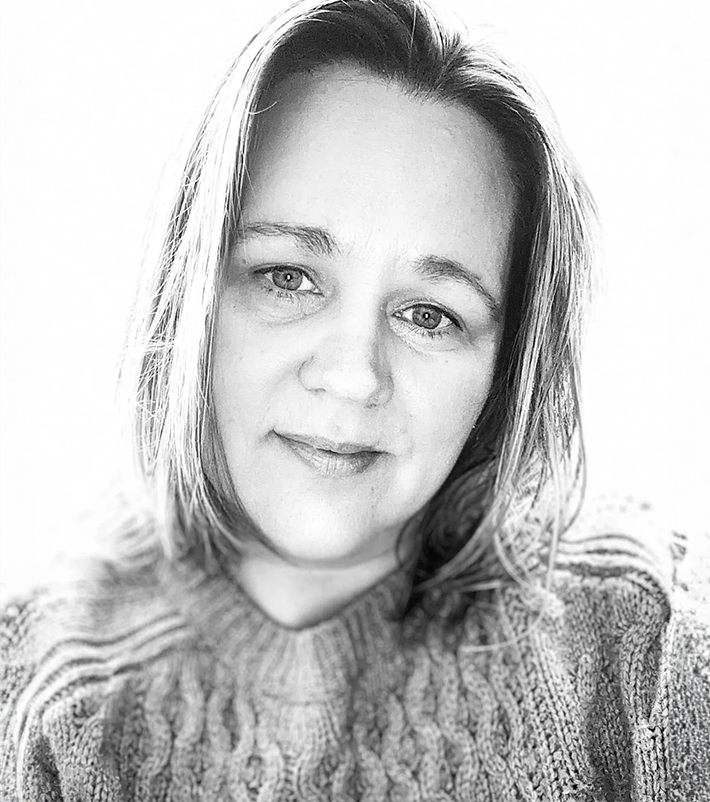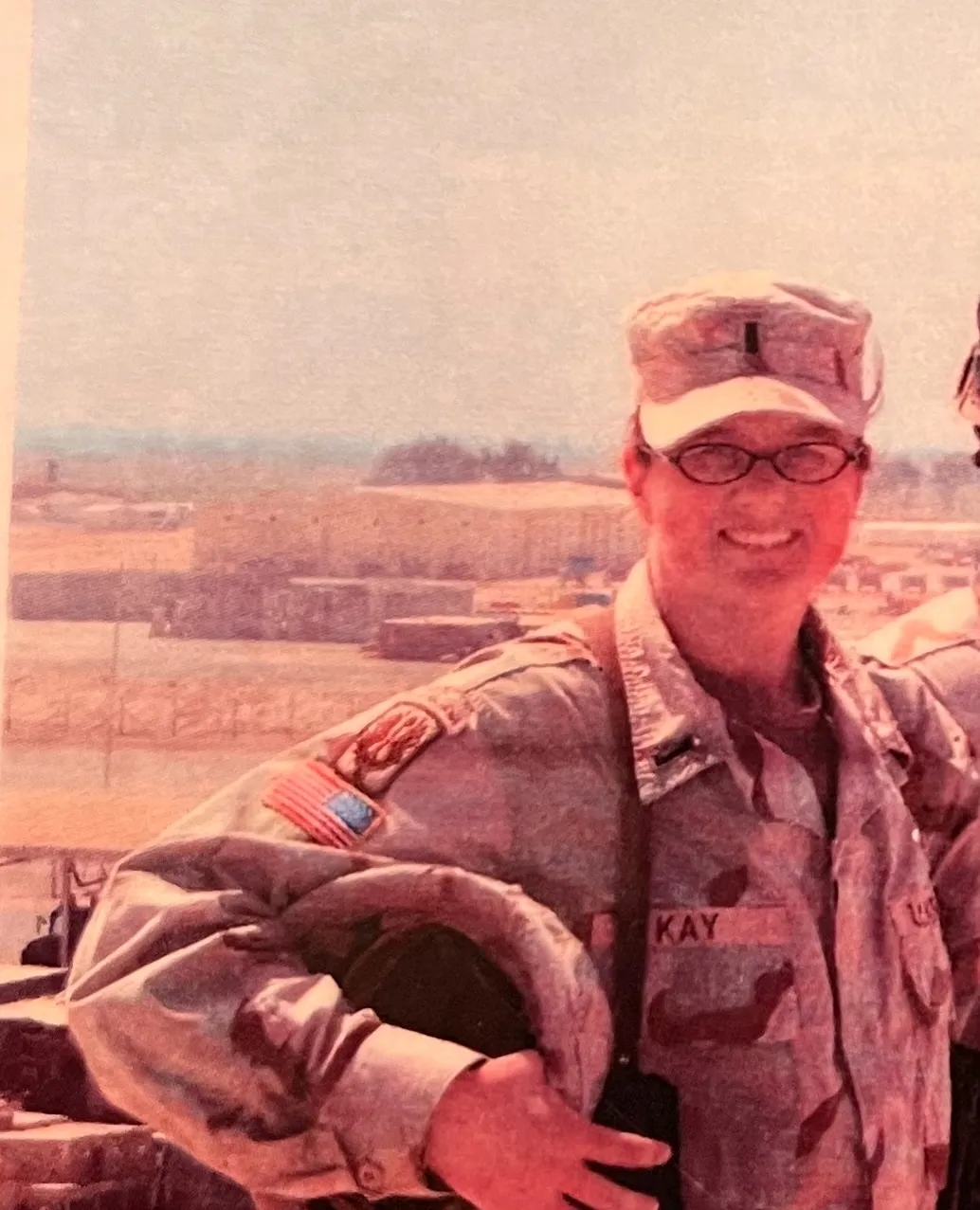Statements regarding participant outcomes and experiences are based on internal, self-reported data collected from MAP clients.
These results have not been evaluated by the FDA or verified through peer-reviewed research.
Rethinking Mental Health



From Left to Right: Before Iraq — a Photo of “2LT” Chrissy Emerick (Kay) taken in 2003 during her ROTC Commission ceremony at Kent State University. Middle: a photo of “CPT” Emerick (Kay) for company command — after deployment. Last: A current photo taken in 2024 of LTC(R) Emerick.
The following editorial reflects the personal views and experiences of Dr. Chrissy Emerick, CEO of Mind Alignment Process. It is intended for educational and advocacy purposes only. MAP is a non-medical program designed to support emotional wellbeing and personal growth and is not intended to diagnose, treat, or cure any medical or mental health condition.
The Mental Health Crisis: Why We Must Rethink Our Approach
When I was a military leader, I always encouraged my soldiers to seek mental health counseling from medical professionals. I’d send them to appointments, urging them to get the support they needed. But everything changed when one soldier’s situation spiraled out of control.
He was in a desperate situation where if he didn’t get the right care, we were going to lose him to suicide. I took it upon myself to engage with his medical team. At one point, I was sitting at a table with specialists from various fields, discussing my soldier’s case. They kept repeating that he would only get better if he chose to, but something wasn’t adding up. Here was a man doing everything they asked; attending appointments, working out, meditating, and yet he was still struggling. The math just didn’t make sense.
Then, it occurred to me: Every healthcare provider working with him was female. Meanwhile, outside of his treatment, he was confiding in and sharing his struggles with fellow male soldiers. I thought it would be more appropriate for him to talk to someone of the same gender, who might offer greater understanding and empathy.
When I pointed out to his case manager that he would benefit more from speaking with a male counselor, she immediately became defensive, insisting it was her responsibility to manage the case. At that moment, I could’ve backed down, but I didn’t. I insisted that he see a male counselor.
She denied the request again, and I became visibly mad and got in her face. Silence filled the room. The case manager was nearly in tears before a male counselor sitting quietly in the back raised his hand offering to help. From that moment on, my Soldier got the help he needed.
Today, he is still working through his traumas, but he’s also still alive because I took action. This experience taught me something crucial, which is that sometimes, patients need advocates to ensure they get the care they need. And sometimes, the care they’re receiving isn’t enough.
The Mental Health Crisis We Can’t Ignore
Mental health issues are taking a firm grip on this country right now, especially it’s veterans. The statistics for veterans are shocking. In 2024, over 17 U.S. veterans died by suicide every day. Shockingly, 40% of these veterans had received recent healthcare services, either in person or via telehealth, in the year before their death¹.
But this isn’t just a veterans issue — it’s a crisis that ripples across the nation. If you’re not a veteran or don’t personally know one, this still impacts you. As a taxpayer, you contribute to the financial burden that mental health issues place on the country. The American Psychological Association reports that Post-Traumatic Stress Disorder (PTSD) alone costs the U.S. hundreds of billions of dollars each year — 82% of which is borne by taxpayers².
The Financial Impact:
Annual cost of PTSD: Over $232 billion
Taxpayer contribution: 82% of the total cost
These numbers are staggering. We are losing 17 veterans every day while paying an enormous price to maintain a system that isn’t providing effective solutions. The mental health crisis isn’t just a statistic; it’s a call to action for all of us.

LTC(R) “1LT” Christine Emerick (Kay) at LSA Anaconda, Iraq, during Operational Iraqi Freedom 04–05.
A Personal Wake-Up Call: My Own Struggles With Mental Health
Several years ago, while serving overseas in Italy, I started experiencing severe trauma responses. I did exactly what I had told my Soldiers to do: I sought help. What followed was an eye-opening experience that showed me an entirely different side of the mental health industry. Despite seeking support, I didn’t feel the help I received was effective. It wasn’t that the professionals weren’t trying; it’s just what they were doing and what they prescribed wasn’t helping.
Eventually, I shared my struggles in a blog, and that’s when Jeff Divine reached out to me. I knew Jeff from Twin Flames Universe, my spiritual community. He introduced me to the Mind Alignment Process (MAP), a transformative approach to trauma healing. Skeptical but desperate, I agreed to try it.
The MAP experience was unlike anything I had ever experienced. During our first call, Jeff guided me through the trauma flashbacks I had been carrying for years — some from my time in Iraq, others from my college years, and many from childhood. We worked through each one until I felt complete peace. It wasn’t a magic fix, but after a few months of moving through my feelings, I had a moment of transformation.
One day, I came home from a routine winery tour, carrying cases of wine as I had done countless times before. But when I went to put the bottles away, I realized something had changed. I no longer had room on my shelves. I had stopped drinking but had still been buying wine out of habit. In that moment, I fell to my knees, overwhelmed with peace. I realized I had healed from the trauma that had once fueled my self-medicating behavior. For the first time, I felt truly free.
Since that day in 2016, I have been advocating for MAP as a trauma-healing modality. At first, I naively thought that if I had found a solution to such a critical problem, it would be embraced, and people would be receptive to it. I’ve met with scientific leaders, searched for research opportunities, blind tests, and studies, and have generated numerous proposals. However, no one in the scientific community has shown interest in further examining the practices and principles behind MAP. There could be many reasons for this, as getting research peer-reviewed is rarely a straightforward process. Anything new that challenges established standards and practices — especially in a billion-dollar industry — can seem daunting. However, we must embrace real-world solutions like MAP when they are so desperately needed.
Why MAP is Critical in Addressing the Mental Health Crisis
We often hear about the dangers of new, untested treatments. The skepticism surrounding Mind Alignment Process (MAP) is no different from what many groundbreaking therapies face. Take EMDR (Eye Movement Desensitization and Reprocessing) as an example. Developed in 1987, it took twelve years to receive formal certification as a trauma therapy³.
Preliminary, self-reported outcomes from MAP participants indicate significant improvements in emotional wellbeing. These findings are not the result of peer-reviewed clinical research and should not be interpreted as medical evidence.
MAP is a reflective self-development process designed to help individuals address emotional experiences associated with past events. Unlike traditional therapy, MAP is an immersive 12-week online program that facilitates deep emotional healing efficiently and effectively.
The process begins with two private one-on-one sessions with a trained MAP practitioner, followed by weekly one-hour group sessions for the remainder of the program. While MAP is not a quick fix or magic cure, clients experience emotional release following sessions — sometimes brief, sometimes lasting weeks or months. However, most report an underlying sense of peace as their emotional state naturally rebalances.
MAP’s impact extends beyond the program itself. Clients provide monthly feedback throughout the process, with follow-ups conducted between six months and two years post-completion. Preliminary participant feedback suggests that MAP clients often experience lasting personal growth and improved emotional wellbeing. Further research is needed to compare outcomes with traditional mental health approaches.
For those seeking a structured yet compassionate approach to healing, MAP offers a transformative path to lasting emotional well-being.
Despite the success MAP has shown, it has been met with resistance, largely because of the deeply entrenched nature of traditional mental health approaches. But we must acknowledge the reality: the current system isn’t working for everyone. The evidence is clear.
A Call to Action: Changing the Mental Health Landscape
Addressing the mental health crisis requires a multifaceted approach involving healthcare providers, the government, and the community. We must increase access to care, reduce stigma, and support new and effective healing modalities like MAP. This is not just about veterans; it’s about all of us. It’s time for us to be part of the solution.
We can no longer afford to ignore the facts — 17 veterans’ lives lost every day. It’s time to rethink our approach to mental health. I will continue advocating for MAP, sharing its success, and pushing for the changes that are so desperately needed.
We owe it to ourselves and to our veterans to ensure that those in need receive the care they deserve. Let’s not wait until more lives are lost.
To learn more about MAP and read testimonials, visit MindAlignmentProcess.org.
https://www.mentalhealth.va.gov/docs/data-sheets/2024/2024–Annual-Report-Part-2-of-2_508.pdf
https://www.apa.org/monitor/2023/01/staggering-ptsd-costs
https://www.emdr.com/history-of-emdr/
LTC(R) Chrissy Emerick, PhD, is the CEO of Mind Alignment Process and a Master Certified Ascension Coach with Twin Flames Universe.
MAP is not a substitute for medical or psychological treatment. Individuals experiencing symptoms of PTSD, depression, or other mental health concerns should consult a licensed healthcare provider.